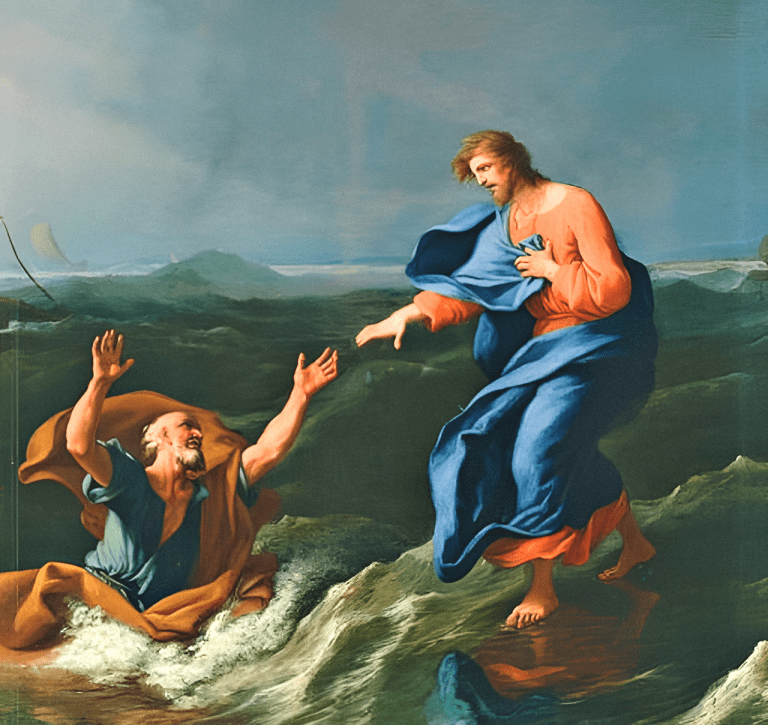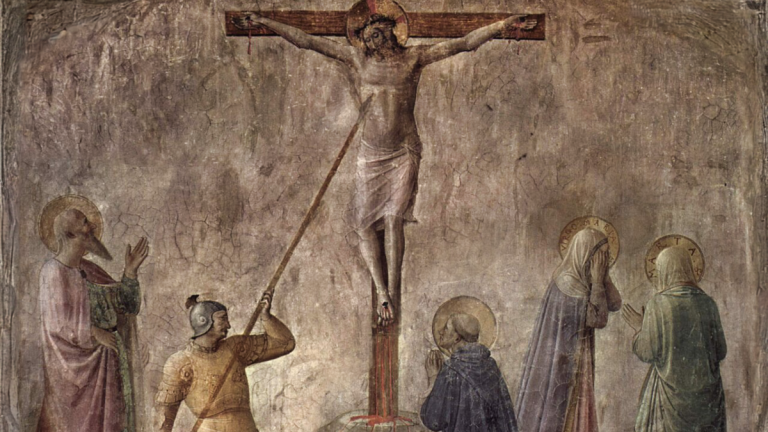Bubbles are destroyed by too much pressure and by too little. A bubble rising from the bottom of a pond maintains its “bubbleness” until it joins with the air above.
A bubble under intense pressure can likewise be destroyed. It gets smaller and smaller until it collapses.
Bubbles naturally want to rise, just as our souls instinctively want to go to God.
Souls who have decided to be on God’s side are like bubbles we see floating around on the pond for awhile before they join the air.
The lenticular shapes of floating bubbles focus light. The bubbles that have not yet become one with the air sending rays of light beneath the surface.
Their purpose? Showing the bubbles still underwater that there is a great light beyond.








